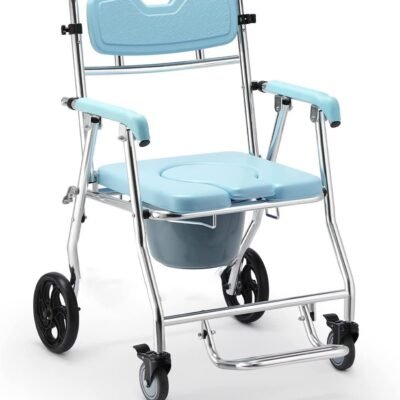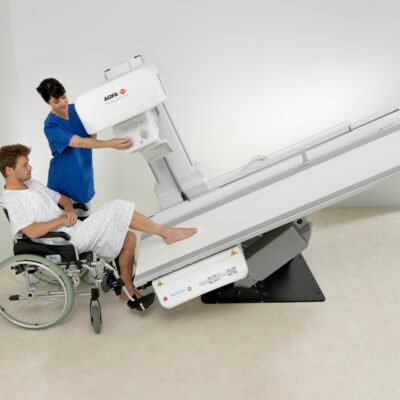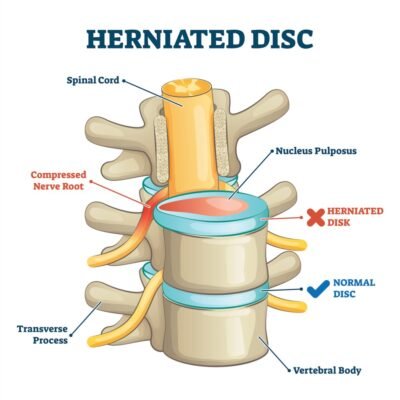As technology continues to advance, its influence on the medical field is becoming more apparent. New York is at the forefront of utilizing innovative clinical technology to provide better healthcare services to its residents. Among these cutting-edge technologies, virtual reality and teletherapy are increasingly being used to enhance patient outcomes, improve accessibility and reduce healthcare costs.
Virtual Reality in Clinical Services
Virtual reality (VR) is an immersive technology that allows users to experience a computer-generated environment that simulates a real-world experience. In clinical services, VR technology has been applied in various areas, such as medical training, pain management, and therapy.
One of the areas where VR has proven to be most effective is pain management. Traditional pain management methods include medication and physical therapy. However, these methods can sometimes be insufficient in managing pain, especially chronic pain. VR offers a unique approach to pain management by distracting patients from their pain and reducing their perception of pain. In New York, VR has been used to manage pain for patients with chronic conditions such as fibromyalgia and lower back pain.
Another area where VR has been utilized is in medical training. Medical training involves a lot of practical work that can be costly and time-consuming. With VR, medical students can simulate medical procedures without the need for expensive equipment and without putting patients at risk. The use of VR in medical training has the potential to improve the quality of training and enhance the skills of medical professionals.
Finally, VR is also used in therapy. For example, in New York, VR is used to treat patients with anxiety disorders such as social anxiety disorder, panic disorder, and post-traumatic stress disorder. By exposing patients to virtual environments that trigger their anxiety, therapists can help patients overcome their fears in a controlled environment.
Teletherapy in Clinical Services
Teletherapy Services is a broad term that encompasses the use of technology to deliver healthcare services remotely. This technology has revolutionized the way healthcare services are provided, making healthcare more accessible and affordable.
In New York, teletherapy has been used in various areas, such as remote consultations, remote patient monitoring, and telepsychiatry.
Remote consultations by the best teletherapy services allow healthcare providers to communicate with their patients remotely. This technology has been particularly useful in providing healthcare services to patients in rural areas where access to healthcare services is limited. Through remote consultations, patients can receive medical advice and prescriptions without having to travel long distances.
Remote patient monitoring involves using technology to monitor patients’ health remotely. This technology is particularly useful for patients with chronic conditions such as diabetes and heart disease. With remote patient monitoring, healthcare providers can monitor patients’ vital signs and provide timely interventions when necessary.
Telepsychiatry is another area where teletherapy has been applied. In New York, telepsychiatry has been used to provide mental health services to patients in underserved communities. Telepsychiatry has been particularly effective in providing services to patients who are unable to leave their homes due to mobility issues or mental health conditions.
Benefits of Innovative Technologies in Clinical Services
The use of innovative technologies such as VR and teletherapy in clinical services has several benefits. These benefits include:
Improved Patient Outcomes:
By using VR and teletherapy, healthcare providers can provide more personalized care to their patients. This technology also allows for early interventions, which can prevent complications and improve patient outcomes.
Increased Access to Healthcare:
VR and teletherapy have made healthcare more accessible to patients in rural areas, underserved communities, and patients who are unable to leave their homes.
Cost-Effective:
VR and teletherapy have the potential to reduce healthcare costs by reducing the need for expensive equipment and hospital visits.
Improved Medical Training:
The use of VR in medical training has the potential to improve the quality of training and enhance the skills of medical professionals.
Conclusion
New York’s use of innovative technologies such as virtual reality and teletherapy in providing professional psychological services is an exciting development in healthcare. These technologies have the potential to revolutionize the way healthcare services are provided and improve patient outcomes. The use of VR in pain management, medical training, and therapy is particularly promising, while teletherapy is making healthcare more accessible and cost-effective.
However, while these technologies offer significant benefits, there are also challenges that need to be addressed. For example, the use of VR requires specialized equipment that can be costly, and not all patients may have access to this equipment. Additionally, there may be concerns about data security and privacy when using teletherapy.
Despite these challenges, the potential benefits of these innovative technologies in clinical services are too significant to ignore. As technology continues to advance, it is likely that we will see further integration of VR and teletherapy in healthcare services. In New York, the use of these technologies is already making a positive impact on healthcare delivery, and the rest of the world can learn from their success.
In conclusion, innovative technologies such as virtual reality and teletherapy are changing the landscape of clinical services in New York. By improving patient outcomes, increasing access to healthcare, and reducing healthcare costs, these technologies have the potential to transform the healthcare industry. As we continue to explore the possibilities of these technologies, we can look forward to a future where healthcare is more accessible, personalized, and effective than ever before.





